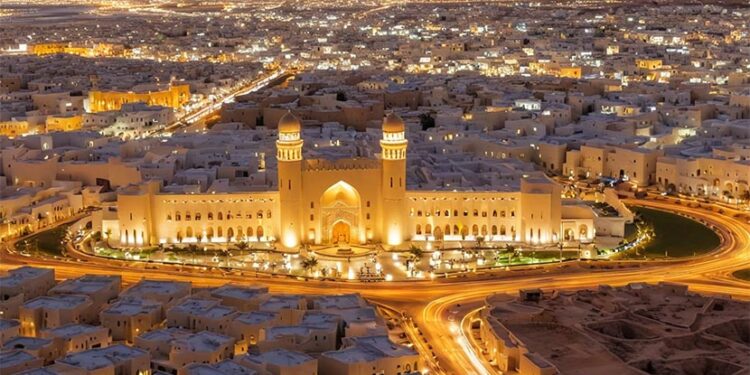Muscat, Oman’s capital, is celebrated for its traditional low-rise architecture and rich heritage, standing in contrast to Dubai’s modern skyscrapers. However, as Oman looks toward a post-oil future, it has launched an ambitious $2.6 billion Smart City project to modernize while preserving the city’s character.
Central to this initiative is Sultan Haitham City, a development designed to maintain Muscat’s distinctive low-rise aesthetic while offering housing for both locals and visitors. The project will include homes, schools, and mosques for 100,000 residents, addressing the city’s growing population, which is expected to rise from 5.2 million to 7.7 million by 2040.
Despite its scale, some experts warn that Muscat’s rapid population growth may outpace the project’s capacity. Nestled between the Gulf of Oman and the Hajar Mountains, the city faces unique challenges as it expands.
Compared to other Middle Eastern nations, Oman’s approach remains modest. For instance, Saudi Arabia’s $100 billion “The Line” project aims to accommodate 200,000 residents, and Egypt’s new capital for six million people carries a $58 billion price tag. Oman’s restrained strategy reflects its commitment to preserving its cultural identity.
Unlike Dubai, where only 15% of the population consists of locals, Oman prioritizes ensuring a greater proportion of native Omanis live and work in Muscat, preserving the country’s heritage while adapting to the future.























































